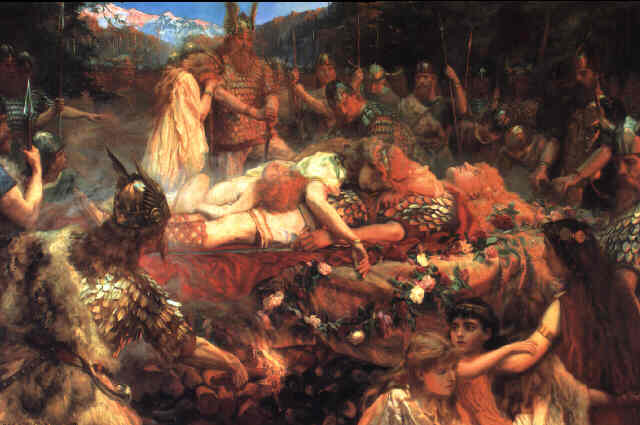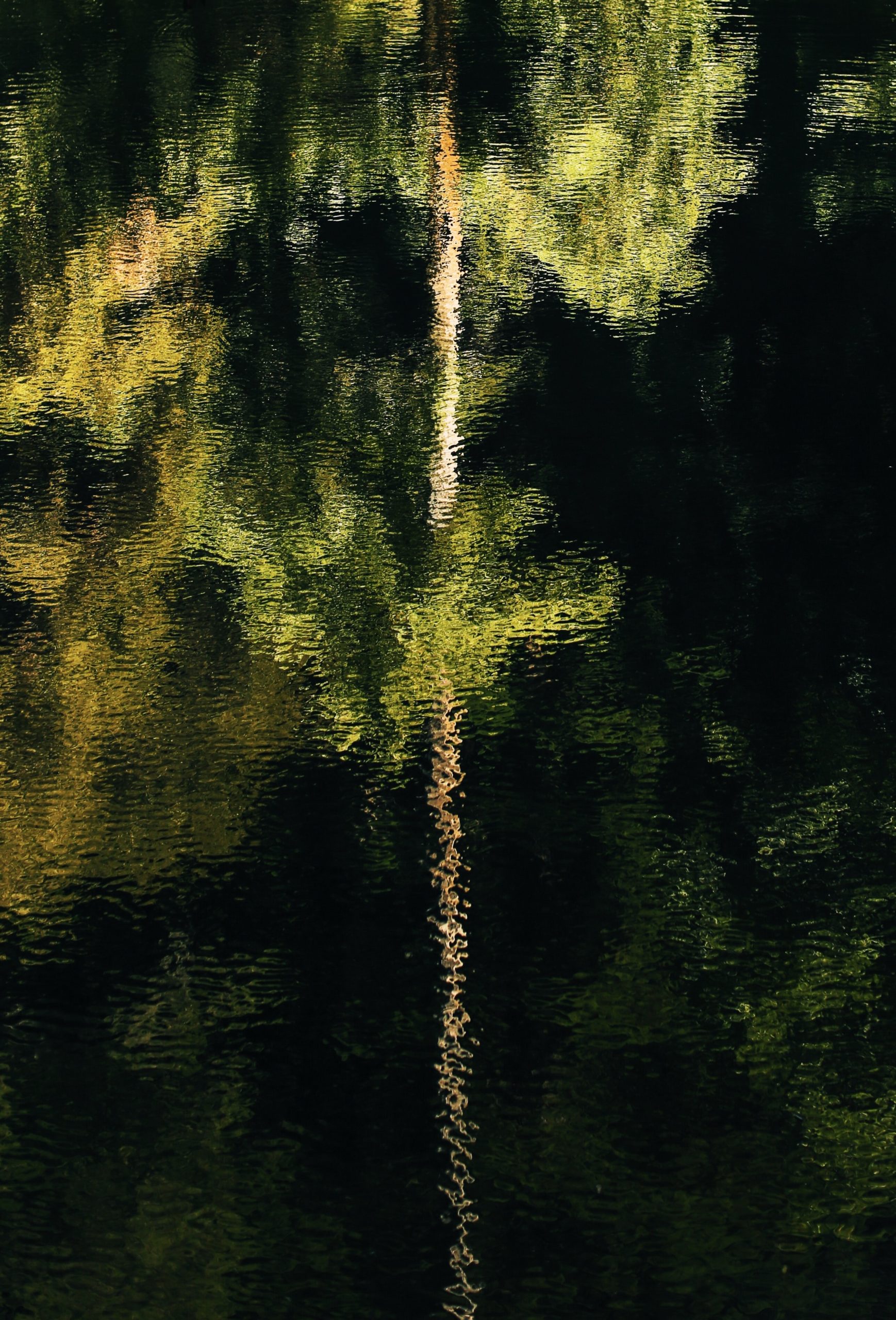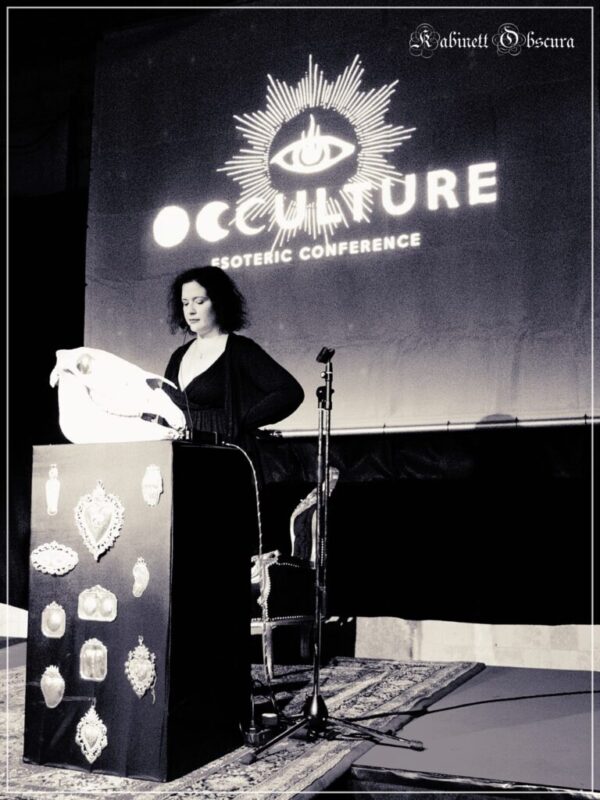Where I come from we say that rhythm is the soul of life, because the whole universe revolves around rhythm, and when we get out of rhythm, that’s when we get into trouble.
– Babatunde Olatunji
Mankind is getting more and more out of rhythm. Modern Western diseases of civilization like burnout syndrome and depression are clear symptoms of this process that affect an increasingly higher number of people each year. In my opinion, these and related kinds of ‘trouble’ are often a result of people trying too hard to cope with a world, i.e. society and way of life, that is no longer in touch with its soul. People are trying hard to find their place while at the same time believing the idea that there is always a ‘better, faster, further’ point and future to reach. And in order to reach it, we get our lives in tune with the mechanical, digital tact that relentlessly drives the false, artificial rhythm of this modern world forward. Most people do not realize how simultaneously they are falling out of the natural rhythm of actual life.
Life’s natural rhythm is found for example in the alternation of day and night. In the seasonal changes of broad-leaved plants. In the changes of the seasons in general. In the sleeping and waking periods of animals. Including humans. It has even been said that such a natural alternation of sleeping and waking periods is a sign of life. And yet, many of us are trying their best to shorten if not abolish sleep in favor of waking, to be awake as often and as long as possible in order to be more productive, ‘live’ more, achieve more. There is no question that many have to do this just to make enough money and take care of their families but many more are also driven simply by their desire to succeed in the race of ‘better, faster, further’ or by their fear of missing out. While the need to balance work with leisure time has been recognized recently (in modern societies that at the one hand ‘can afford’ leisure time and at the other hand see its ‘productive value’ for counteracting the diseases mentioned), it more often than not results in over-activity and even more stress during said leisure time because people feel just the same urge to ‘better, faster, further’ fill their free time. This results in what we call in German “Freizeitstress” – the stress during ‘time off’ because of a tight schedule of leisurely activities and so on; the inability to relax and let time flow, to experience life. To counter this addiction, we may want to change ‘mindfulness’ as a focus of your conscious awareness, to a mind-less-ness, a non-achieving state of mind, of perception, that lends itself to the soul-experience of the natural rhythm.
I may seem to digress but I actually see this inability or bad conscience of being truly ‘un-productive’, at leisure, of being idle, ‘mindless’ or even ‘lazy’ as a direct consequence of being “out of rhythm” and a ‘slave to the clock’, the man-measured time and all the accompanying ideas of modern society I just mentioned. The fact that contemporary man/woman is essentially “out of rhythm” shows itself in many more aspects like their general disconnection from their natural surroundings, from their ancestors, from their own transience and mortality, from magic and the numinous, to name just a few. It is in magic and the occult, in modern paganism and witchcraft, however, where we can still find a way back, a return to the natural rhythm, probably also in the most natural way. In my understanding, magic can be the means and should actually be used to at least temporarily re-embed our individual life in the natural rhythm of the All-life. Which then in turn can weave through our magic again and facilitate its success in more specific operations. In the following I want to briefly though clearly not conclusively share a few thoughts on what I see as three important elements to help with such a magical embedding in rhythm: the landscape, the body, and the dead.
By ‘landscape’ I mean on the one hand our particular environment. This does not necessarily have to be what we often relate to the word ‘landscape’, i.e. a natural scenery, as we might also be living right in the middle of a big city of course. On the other hand, I mean those places we feel drawn to, that we have a ‘natural’ or ‘magical’ inclination towards. Most humans still feel at least some awe towards mountains, oceans or the desert, but those places I mean might just as well be meadows, caves, cemeteries, streams, swamps or groves. Often this depends on where we grew up as well as personal experiences but we might also be drawn to unfamiliar places or kinds of ‘landscape’ which just ‘speak to us’ when we encounter them. In any case, we are usually already more in tune with the rhythms of those particular places and our own environment. We know, sometimes even without being aware of our own knowledge, what they sound and smell and ‘feel’ like. The change of day to night or night to day, the seasons, the song of birds or sounds of other animals, the change of weather – even the pace of other people – all these rhythms are part of the landscape in the particular moments we experience them, and since their patterns repeat themselves in a similar manner (but never in exactly the same way, rhythm vs tact), we ‘know’ them. Besides only adhering to lunar and/or solar cycles in our ritual practice, if appropriate to do so, and celebrating seasonal events or connecting ritual activities or practices with nightfall, midnight, dusk or dawn, we should actively integrate our very own landscapes, our surroundings and special places into our practice, our rituals, our altars, and our magic. Either by doing work there or integrating elements from the landscape in our ritual space and work. An essential and easily overlooked part of this is to create the option to go for leisurely strolls without a clear destination, without a fixed time-frame, without our watch, our phones or any other form of time measurement to experience and connect to its own rhythm. Let’s sit or lie down and simply observe and perceive and experience. Conceiving the multitude of individual rhythms joining each other, we might even realize that embedding our rhythm in the symphony of all does not mean a mystic merging with nature into ‘one’.
Immersing yourself in your environment will most likely also have a particular effect on your body and its vital rhythms. Our bodies keep us rooted in many rhythms of their own that we often do not pay attention to or not even recognize as having rhythm, be it pulse and breath, drives and instincts, emotions and feelings, for example. In many religious traditions, like African traditional religion or Haitian Vodou among others, we find the use of physical, rhythmic movement but also the creation of musical rhythm by use of instruments, which always require the body like for example drums, and the body itself, for example with stamping, clapping and chanting, as essential part of ritual. There is hardly any rest or stagnation and the individual rhythms form an overall rhythm of the ritual itself. Ritual use of the body in sexual or eroto-magical contexts have always been a part of certain occult and esoteric schools and naturally require the attunement of different individual rhythms. To my knowledge, a body-positive attitude, at least on the surface, is inherent to many esoteric movements. Lately there also seems to be a revival of interest in the use of rhythmic body movement like dance on both solitary and communal level. This comes as no surprise if we understand that it is the body that connects us to and enables our experience of the numinous. In the teachings of David Beth’s Kosmic Gnosis, that I follow, our bodies are intricately connected and united to our souls and thus it is via body that our souls perceive and relate to the magical, rhythmic reality. However, the emphasis here is on ‘connection’ and ‘unity’ of soul-body – there is no ‘mind-over-matter’ implied, which is one of the pitfalls of most modern body-centered practical approaches, where eventually the body is just instrumentalized. Instead, we need to get to know our bodies, their very own rhythms and from this knowledge and experience move to its ritual rhythmic use, which can (but does not have to!) go from simple breathing to elaborate chanting, from swirling to dancing, from possessive trance to erotic ecstasy.
While the landscape allows us to behold rhythm on a more macrocosmic level, the (soul-)body is its microcosmic mirror. It is the dead that can form a connection between both. If we recognize rhythm as a gradual movement, that is alternation, between two poles, two complementary opposites, like day and night, waking and sleeping, expansion and contraction, and so on, we understand rhythm (together with Johann Wolfgang von Goethe to name just one known thinker) as a principle of life. While our own personal birth and death may appear to us as clear cuts to our physical existence at first, i.e. as its beginning and end, it is by observing natural rhythms that we can understand that this is true only with regards to our very particular, individual connection of body and soul(s) – but not with regards to the rhythm of Life itself. Birth and death are poles as well and the (impersonal) stream of life moves on and returns in another soul-body connection. That is the natural rhythm of Life. We recognize that our particular body does not simply vanish, it changes its form, and our souls may find new options to embody and appear. We know this due to the experience and realization of all the natural rhythms described before and in particular from an integration of the dead souls in our magical life. The dead then connect us to the circle of All-life. While this already provides the gateway to necromancy, I want to emphasize here first and foremost the integrating or anchoring of the ambient dead as well as our spiritual and blood ancestors in our ritual practice, e.g. on the most simple level by veneration, offerings and sacrifice.
If we come to think of it, any form of natural offering like food, libations, incense, plants etc. means actualizing an individual birth and death (and ‘rebirth’), of becoming and passing, and embedding it in the macrocosmic rhythm of ALL becoming and passing, the flow of all life. Therefore, it is in ritual sacrifice where we can easily combine all elements mentioned, i.e. landscape, body, and the dead, and reconnect the rhythms of micro- and macrocosm, soul-body and the All-life through the rhythm of magic. It is in that instance when our soul-body vibrates in harmony with the rhythm of the All, the pandaemonic kosmos, when we succumb to the life-stream, that the most profound joy, the truly erotic bliss of momentary eternity is achieved.
This essay was first published in Folkwitch, Issue No. 3, by Alkahest Press, 2020.
Further Reading Suggestions:
David Beth: “Supreme Katabasis: Kaivalya and the Kosmic Gnosis”
www.kosmic-gnosis.org/beth-supreme-katabasis
Ludwig Klages, Of Cosmogonic Eros, München: Theion Publishing, 2018.
www.theionpublishing.com



